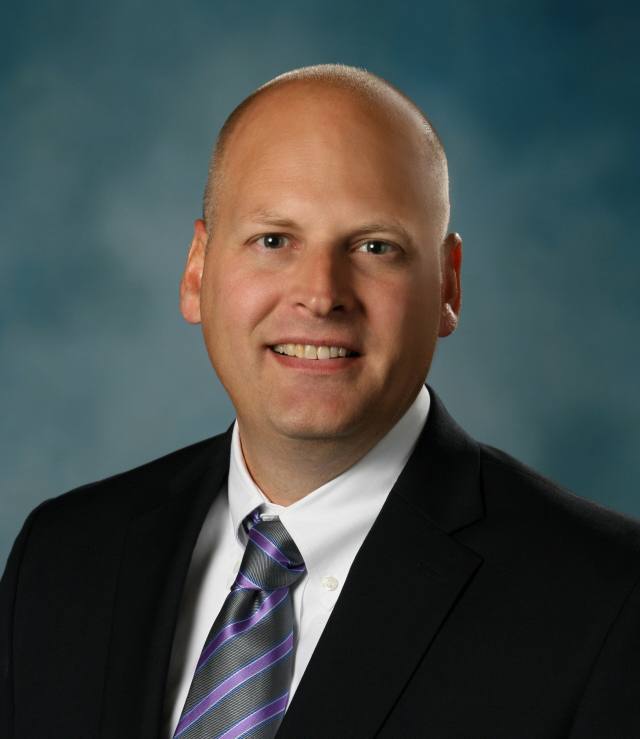In a recent conversation with a 4th grade teacher, I was surprised to learn that the students in her class are learning computer coding. “How’s that working?” I asked. She indicated that while the students really enjoy learning coding, she isn’t convinced that it is the best use of time given that some of her students can’t yet read. Ouch.
Every school makes curriculum choices based on their end goals. As we continue to contrast modern, progressive education with classical, Christian education, the impact of curriculum choices cannot be overstated. For simplicity, below are just three ways that curriculum varies between these two approaches.
- Philosophical Assumptions – The long-term goals and philosophical priorities, whether implicit or explicit, dictate all curriculum choices. If the goal is simply preparation for college and the work force (e.g. Common Core), then computer coding in 4th grade makes perfect sense. When college requirements and vocational needs change, so does the curriculum. Classical, Christian education seeks to prepare students for a life of service to God and man. Thus, a full-trained pupil will be equipped to love and serve both God and man so that he can pursue any area to which God calls him.
- General Emphasis – Content areas are dictated by each school’s emphasis. For example, with a focus on Western Civilization, classical, Christian education includes the teaching of history, which includes not only an appreciation for the core values of America, but the contrast between governmental systems. Further, there are moral assessments made when contrasting these forms (e.g. Communism vs. Democracy). Contrast history with social studies. In modern, progressive systems no value judgments are made, as the virtue of tolerance renders all systems worthy in their own right; thus, the merits of a Republican or Communistic form of government.
- Specific Content – Given the assumptions and emphasis, specific curriculum selections are made deliberately. With the emphasis on the liberal arts in classical, Christian schools, variety permeates the curriculum; the curriculum intentionally includes math, music, history, Latin, literature, art, poetry, and science. While minor changes occur, the curriculum doesn’t shift over time. In modern, progressive education, the content tends to fluctuate based on shifting whims, popular opinion, or appeals to special interests. For example, computer coding for the 4th grade is a novel idea, supplanting other content that many would find more fundamental (e.g. reading). The only constant is incessant change.
Each of these areas can be played out in a thousand different ways. Several years ago I spoke with a middle school student who was reading Jon Krakauer’s Into the Wild as a part of her honors English program. Not only is Into the Wild inappropriate content for a middle school English class, but perhaps even more disappointing is the worldview message communicated throughout the book. The implications of every curriculum choice are similar in promoting a worldview that frames the conversation for our children, pointing them either toward or away from the true, good, and beautiful.
